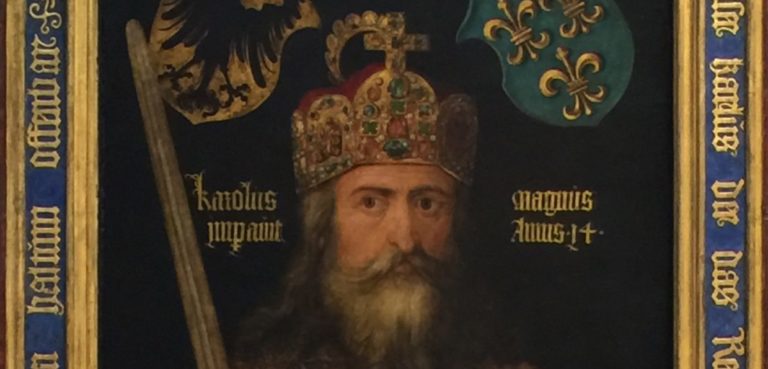The highlight of many European Danube river cruises is Vienna. It is one of the world’s premier travel destinations. It is clean, beautiful, and sophisticated. Known for splendid architecture, world class art, iconic music, and delicious pastry. What more could you want?
It is also the true dividing line between East and West. There are three prominent military tussles that have possibly prevented Europe from being Islamic. The first, way back in 732 AD, was when Charles Martel, Charlemagne’s grandfather, defeated the Spanish Muslims at Tours, southwest of Paris. If you know where Tours is, you know the Muslims had advanced well into European soil.
The other two battles took place at Vienna. Ottoman Sultan Suleiman the Magnificent marched his army through the Balkans in 1529. Meeting stiff resistance at Vienna he retreated. He never made it back to Vienna, though the Ottomans ruled most of the Balkans for the next 300 years.
In 1683, Ottoman Sultan Mehmet IV sent his Grand Vizier, Kara Mustafa, to take Vienna and challenge the Habsburgs who had defeated Suleiman. This famous siege of Vienna is the subject of The Enemy at the Gate: Habsburgs, Ottomans, and the Battle for Europe, which should be required reading for everyone on a Danube cruise.

The Austrian hero of the two-month long battle was Count Ernst Rudiger von Starhemberg. In the face of ten-to-one odds and no assistance from his emperor, Leopold I, he held the Ottomans at bay until the cavalry arrived. For that, he got a promotion and the 9 o’clock memorial spot on the city clock.
The Enemy at the Gate: Habsburgs, Ottomans, and the Battle for Europe has an amazing amount of detail about the personalities involved and the historical context for the conflict. Lots of power politics and a touch of righteousness, like much of the rest of European history.
Pick it up and get inspired for that Danube river cruise now.













